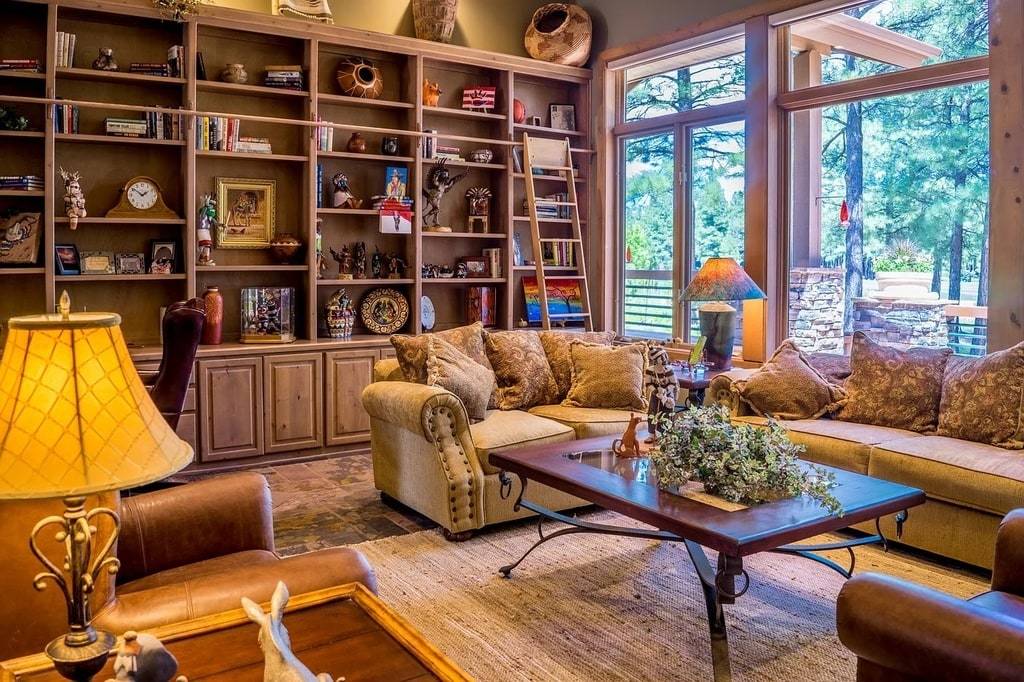In the evolving landscape of design, the role of materials extends beyond mere functionality. Materials are integral to shaping and influencing mood, transforming spaces into experiences that evoke specific emotions. By consciously selecting and employing materials, designers can craft environments that resonate with intended emotional responses, affecting how people feel and interact within a space.
Crafting Mood Through Material Design
The interplay between materials and mood is a fascinating domain within design. This relationship is not incidental; it is a deliberate choice made by designers to enhance the ambiance of a space. By understanding the psychological effects of different materials, designers can create environments that are calming, invigorating, or even unsettling.
For example, warm materials like wood can create a sense of coziness and comfort, while sleek metals might evoke feelings of modernity and cool sophistication. The choice of materials is pivotal in establishing the character of a space, making them a powerful tool for mood manipulation.
Material selection is often guided by the intended function of the space. A spa may utilize stone and soft fabrics to promote relaxation, while a tech startup might lean towards glass and steel for a sense of innovation and cutting-edge progress. Each material brings its own set of emotional triggers, influencing the overall ambiance of the environment.

The Psychological Impact of Materials
Materials have an intrinsic ability to influence human emotions, often in subtle yet profound ways. This psychological impact is deeply rooted in cultural associations and personal experiences. The tactile sensation of different surfaces can trigger memories or feelings, impacting the user’s perception and emotional state.
For instance, the smoothness of marble can convey luxury and elegance, while the roughness of brick might suggest rustic charm or industrial grit. The color and texture of materials are also significant factors, as they can evoke various emotional responses. A bright, glossy surface might energize a space, while a matte, muted finish could create a sense of calm and tranquility.
The sensory experience of materials extends beyond visuals. Acoustic properties, thermal conductivity, and even the smell of materials contribute to the overall emotional experience. A holistic approach to material selection considers all these aspects, ensuring that the desired mood is consistently communicated throughout the space.
Key Considerations in Material Selection
When designing a space with mood in mind, several factors should be considered regarding material selection. Each choice can significantly impact the emotional ambiance, so careful deliberation is essential. Here are some key considerations :
- Aesthetic Harmony: ensure that materials complement each other in terms of color, texture, and pattern to create a cohesive look.
- Functionality: choose materials that suit the practical needs of the space, balancing durability with aesthetic appeal.
- Cultural Context: consider cultural associations and historical connotations that certain materials may carry.
- Sustainability: opt for eco-friendly materials that align with contemporary environmental values and contribute to a positive mood.
- Cost and Availability: be mindful of budget constraints and the accessibility of materials, ensuring that the design remains feasible.
Each of these considerations plays a role in how effectively a material can convey the intended mood. Balancing these factors requires a nuanced understanding of both the materials themselves and the context in which they are used.
Looking Ahead: innovations in Material Design
As technology advances, so do the possibilities for innovative material design. New materials are constantly being developed, offering exciting opportunities for mood-driven designs. Smart materials that change properties in response to environmental stimuli are one such innovation, enabling dynamic spaces that adapt to the needs and emotions of their occupants.
Biomimicry is another promising area, where materials are designed to replicate characteristics found in nature. These materials can create organic, harmonious environments that foster well-being and connection to the natural world. The exploration of such cutting-edge materials continues to push the boundaries of design, allowing for more personalized and emotionally resonant spaces.
In conclusion, the thoughtful selection and application of materials is an art form that can significantly influence the emotional landscape of any environment. By harnessing the power of materials, designers can craft spaces that not only meet functional requirements but also enrich the human experience through carefully curated moods.
